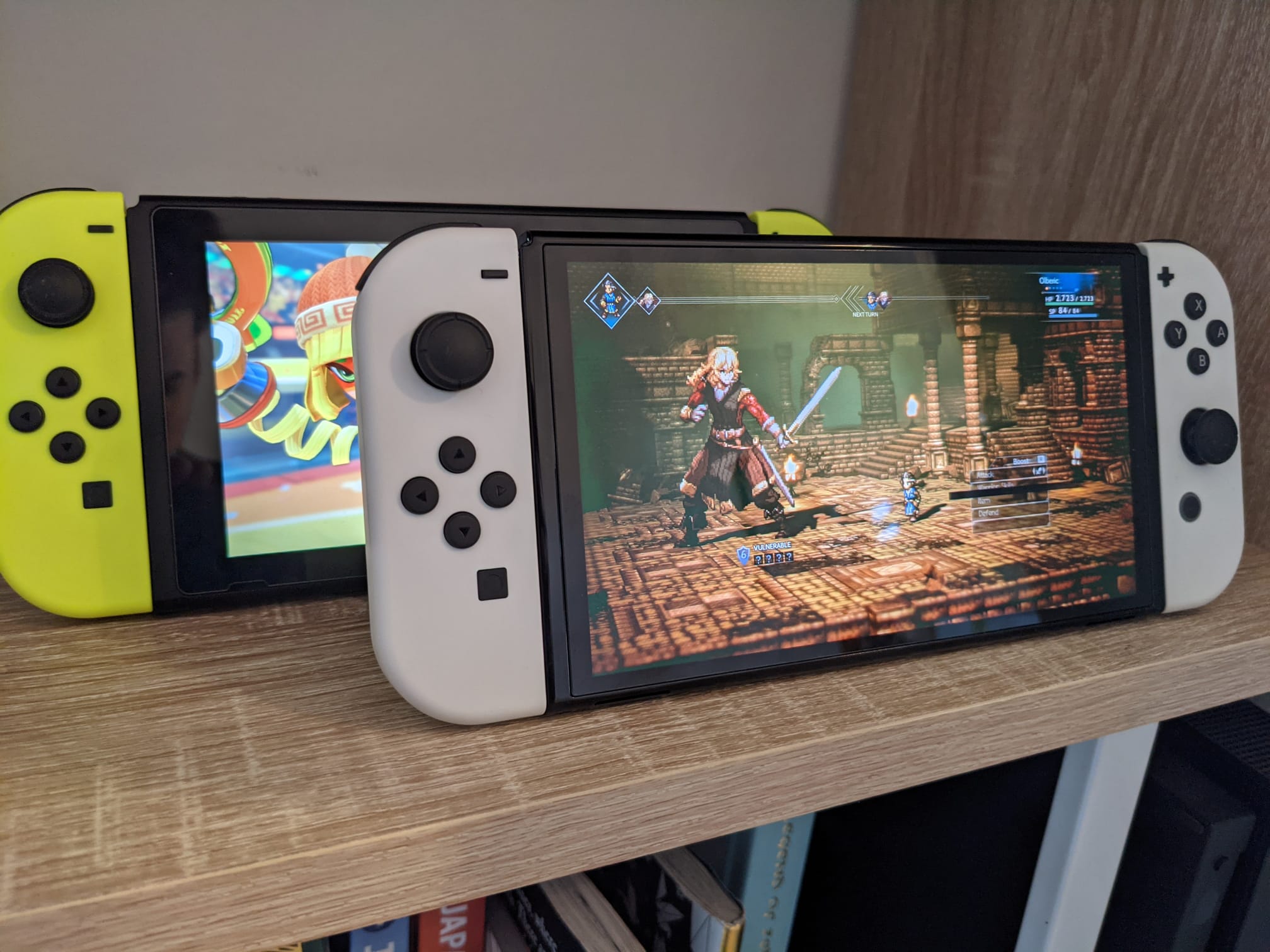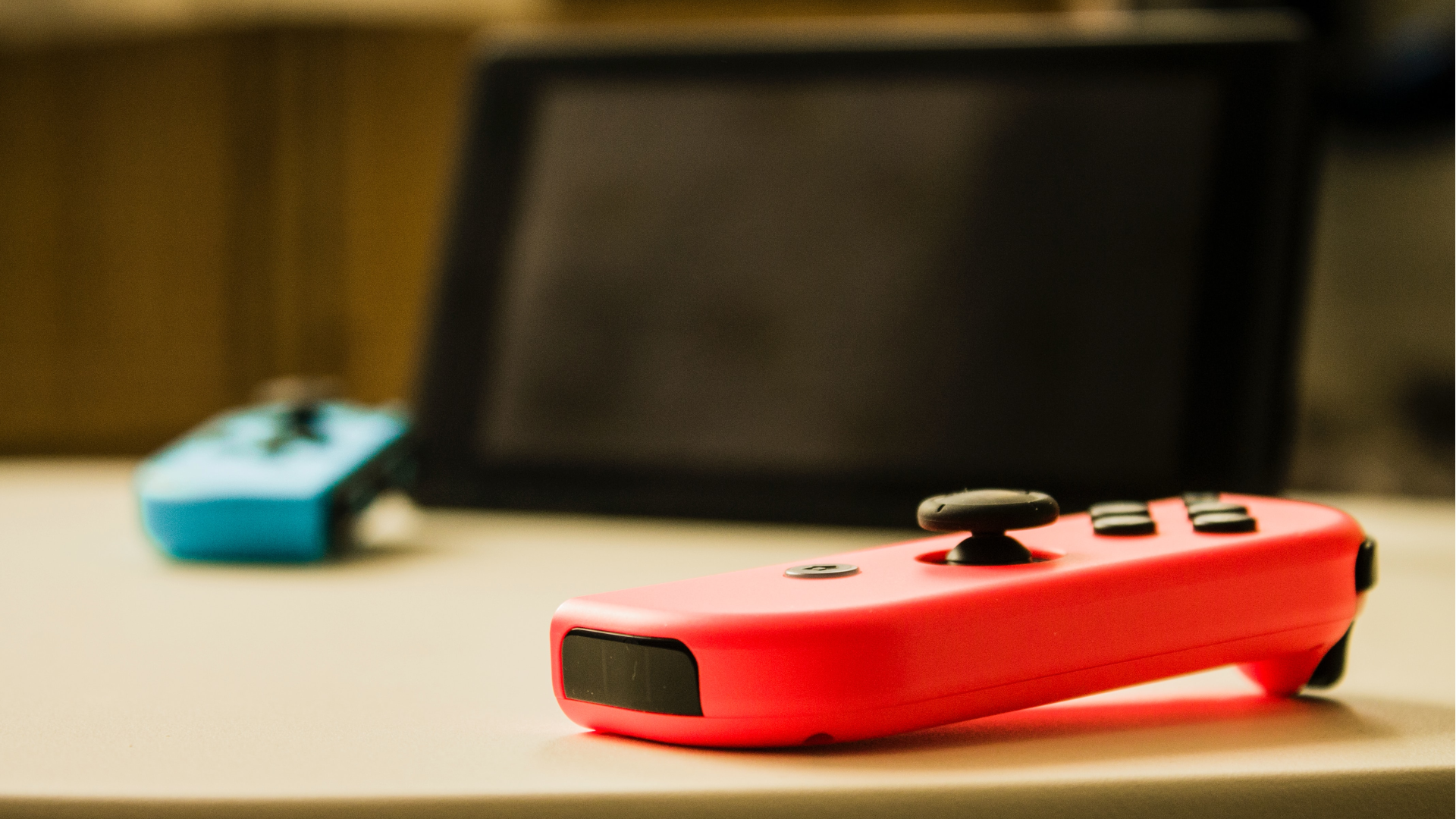Nintendo Switch OLED Vivid or Standard mode: which setting should you choose?
Get punchier colors on Nintendo Switch OLED

The Nintendo Switch OLED lets you choose two color settings – Vivid or Standard – and there’s considerable difference between them. By default, the Nintendo Switch OLED is set to Vivid. Vivid has clearly been designed to show off the OLED display’s ability to produce vibrant colors, contrasting beautifully against the perfect blacks that the new panel can provide.
That being said, Vivid mode can make colors look oversaturated and unnatural on even the best Nintendo Switch games, which might not be to everyone’s taste. Though that differs on a game-to-game basis. Standard mode, meanwhile, offers more accurate colors at the expense of the 'wow' factor that the Nintendo Switch OLED’s screen can deliver.
You still benefit from the OLED panel’s superb contrast and perfect blacks, but the colors are more akin to the original Nintendo Switch’s LCD display. They may appear to be a little muted for some, especially if you’ve been playing in Vivid mode for a while. Whether you choose to set your Nintendo Switch OLED to Vivid or Standard depends on whichever mode looks more appealing to you, as it only comes down to personal preference.
How to change the console screen vividness on Nintendo Switch OLED

To change the Nintendo Switch OLED color setting, head to the ‘System Settings’, which can be found by clicking the cogwheel icon from the Nintendo Switch OLED Home Menu. From there, scroll down to ‘System’ until you see ‘Console Screen Vividness’. Click here to change the color setting to either Vivid (the default) or Standard. You should notice a difference in the color display immediately.
It’s worth noting that changing the Nintendo Switch OLED ‘Console Screen Vividness’ won’t affect TV screen vividness when playing in TV mode. This setting is also only available on the Nintendo Switch OLED model.
If you’ve been playing your Switch OLED in Vivid mode for a few weeks, Standard mode will look noticeably muted when it comes to color output, but again, it’s far more accurate. We recommend giving Standard a go for at least 30 minutes before you decide to switch back, so you can appreciate how the two options differ.
Why did Nintendo include two color settings for the new OLED display?

Given the Nintendo Switch OLED's biggest new feature is the shiny OLED screen, it's not unreasonable to question why Nintendo's given the option for both. Thankfully, we have an official answer to this. In a Q&A on Nintendo’s website, deputy general manager of technology development Toru Yamashita said:
Sign up for breaking news, reviews, opinion, top tech deals, and more.
“Even though the colors have gotten more vivid with the OLED display, some customers may feel like the colors look too vivid. Taking that into consideration, we made it so that the player can select a standard color mode, to make it look like the conventional LCD display. If you prefer the vivid colors of the OLED display, you can keep it in the vibrant color mode that is the default out of the box.”
If you’re a stickler for color accuracy and find the default setting too unnatural, go for Standard. However, if you want things to pop, Vivid is the way to go. You can always switch depending on the game you’re playing, too. If you'd like to know more about the differences between the Switch models, you can check out our Nintendo Switch OLED vs Nintendo Switch guide for a full rundown.
Adam was formerly TRG's Hardware Editor. A law graduate with an exceptional track record in content creation and online engagement, Adam has penned scintillating copy for various technology sites and also established his very own award-nominated video games website. He’s previously worked at Nintendo of Europe as a Content Marketing Editor and once played Halo 5: Guardians for over 51 hours for charity. He is now an editor at The Shortcut.
